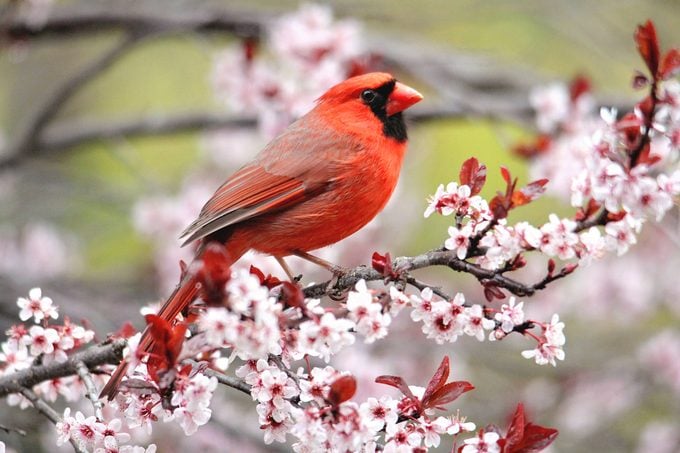7 Things You Need to Know Before Planting a Tree
Updated: Oct. 25, 2021
Planting a tree is a wonderful investment for your property. Follow this checklist to make sure you’ve thought of everything before you start digging.

Planting a tree is a wonderful investment for your property. It can cast lovely afternoon shade, add color and dimension, or attract wildlife. But there are several things to consider before you start digging. Follow this tree planting checklist to be sure you’ve thought of everything.
1. How Much Space Do You Have?
While the saplings in the nursery look small, one day they could easily dwarf your home, depending on the species. Take a look around to make sure that there’s plenty of room for the branches to stretch outward. Keep in mind that trees are not one-size-fits-all. Each tree species has different spacing requirements. These are the best dwarf conifers for small spaces.
2. Where Are Your Utilities?
Always call your local utility company before doing any digging. It will keep you safe, and make sure your backyard project won’t disrupt your service. Some wires and pipes are buried underground. While you’re outside, look up! Double check that there aren’t any utility lines overhead that the tree will touch as it grows upward.
3. How to Care for the Tree
To many novice gardener’s surprise, trees require a lot of attention when they are first planted. According the University of Minnesota Extension office, newly planted trees should be watered daily for the first week or two. In the first three months, trees should be watered two or three times a week so they develop strong roots. (P.S. check to see if your water hose reaches your tree, or you’ll be carrying a lot of water!) Follow these tips to conserve water in the garden.
4. What Kind of Tree Do You Want?
Here comes the fun part—picking out your tree. Consider what’s important to you and make a list. You may want a native tree that produces berries for birds, is disease resistant, offers beautiful spring flowers, has gorgeous fall color or is an evergreen. Make sure to pick a tree that fits in your climate and environment, too. Start your research with these traits in mind.
5. How Much Annual Maintenance is Needed?
Some trees require more cleanup and tidying than others. For instance, the branches of weeping willows need to be trimmed annually to stay off the ground and cottonwood trees release flurries of snowy white fluff covered seeds.
6. When to Plant the Tree
Depending on where you live, autumn and spring are usually the best time to plant. Trees need time to establish before dealing with the hot summer sun or freezing ground in winter. Once you have a tree in mind, research to see what planting season suits it best.
7. Check the Growing Time
There are some trees that grow faster than others. River birch, sweet gum and tulip tree are all fantastic options if you want your tree to fill out quickly.
